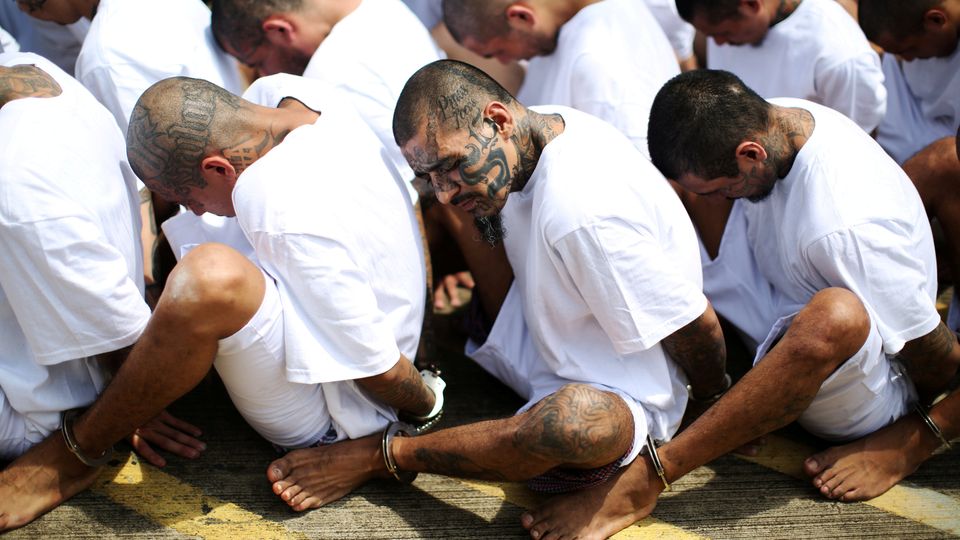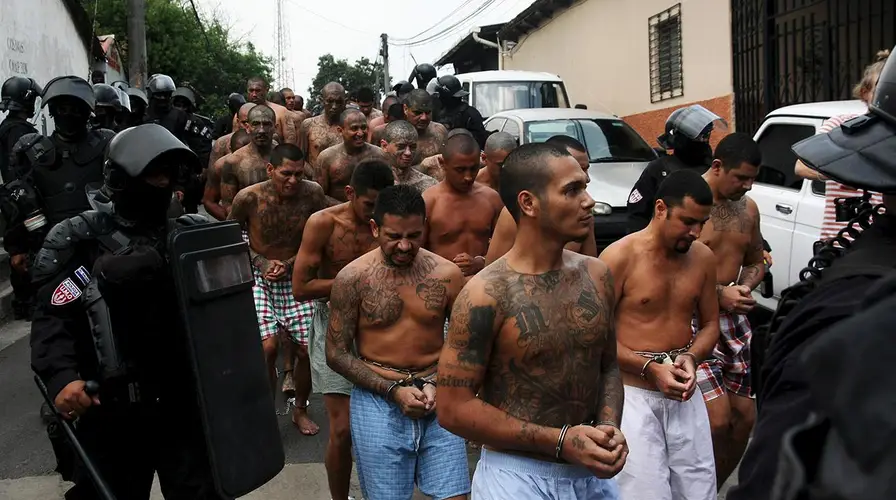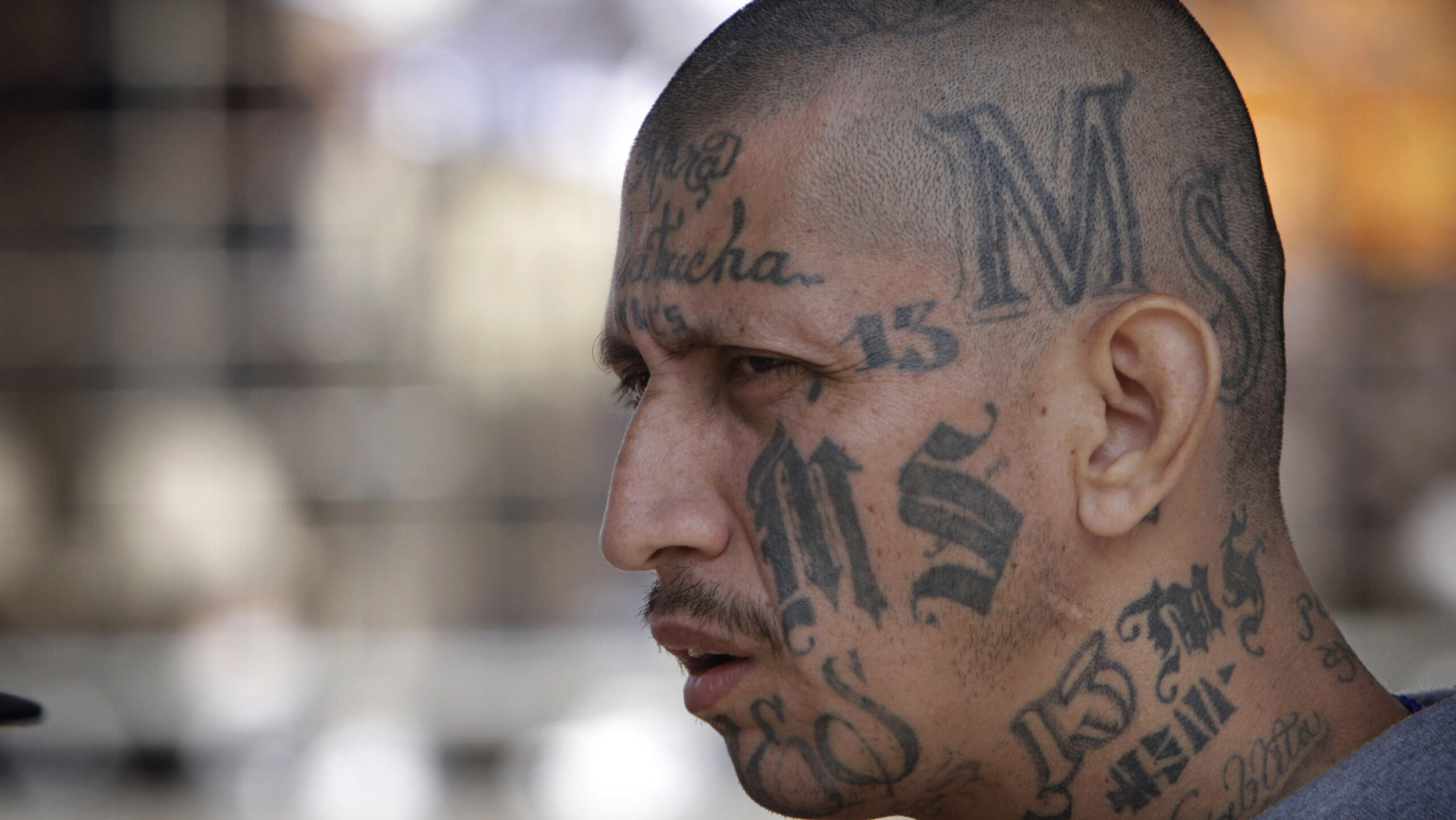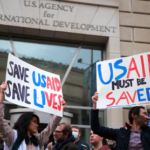
Who is MS13?
The Mara Salvatrucha, commonly known as MS13, stands as one of the world’s most dangerous gangs, and now, even transnational criminal organisations. Surprisingly, its origin story reveals humble beginnings, deeply rooted in civil conflict and survival.
The gang emerged from the bloodstained landscape of 1970s El Salvador, where civil war between government forces and the Farabundo Martí, National Liberation Front (FMLN) forced nearly 900,000 people to flee. Many found refuge in the United States, particularly in the Hispanic neighbourhoods of southern Los Angeles.
These Salvadoran refugees, including former FMLN members, found themselves in territories already controlled by powerful Mexican gangs that routinely victimised weaker cultural groups. In response, the Salvadorians formed Mara Salvatrucha in the early 1980s – the name combining mara (gang) and salvatruchas (street-tough Salvadorans).
Meanwhile, political upheaval in Guatemala and Honduras drove more immigrants to Los Angeles and so, the gang grew, with new recruits seeking protection and community. A pivotal moment came in the early 1990s when, facing intense competition from rival gangs, Mara Salvatrucha forged a strategic alliance with the Mexican Mafia. This partnership led to the name MS-13, referencing M as the 13th letter of the alphabet. Through this alliance, the organisation transformed into one of the northern hemisphere’s most formidable criminal enterprises, embracing the chilling motto “kill, rape, and control.”
From Victims to Victimisers
In his award-winning book, “MS13 in the Americas: How the World’s Most Notorious Gang Defies Logic, Resists Destruction”, Steven Dudley, professor at the American University’s Centre for Latin America, explains the complexities of MS13’s beginnings in a simple sentence: “For some, the MS13 is a transnational criminal organisation, capable of orchestrating cross-border assassinations and trafficking illicit drugs. For others, it is a dangerous but predictable response to abuse and social marginalisation”.
MS13 nows conducts large scale criminal activities such as drugs and arms trafficking, prostitution and, human trafficking, with operations spanning three continents. By the early 21st century, the gang had established presence throughout every U.S. state while maintaining strong footholds in Central America, especially El Salvador. They have also been identified in urban areas of Spain, Italy and France. Although numbers are not certain, MS13 has over 70,000 members. Their increasing sophistication has fostered alliances with several Mexican drug cartels and other organised crime entities, extending into Europe, granting access to advanced technology and weaponry that has dramatically enhanced their capabilities.

Above the Law
The vast scope and swift expansion of MS13’s criminal activities have overwhelmed law enforcement, enabling their continued success, so to speak.
The issue at hand is establishing the appropriate response to combat international organised crime. Naturally, transnational operations need a transnational response. International organisations like the United Nations should play a crucial role in preventing and apprehending MS13 crimes.
Recognising this need, the UN introduced the International Convention against Transnational Organised Crime back in 2000, acknowledging that multinational responses are essential to address transnational crime. The International Law Doctrine maintains that crimes that “threaten the peace, security and well-being of the world, are of concern to the international community as a whole and must not go unpunished.”
However, according to Dudley, policy implementation remains problematic. No international enforcement agency ensures these policies translate into action. Transnational organised crime receives only regional attention. The International Criminal Court (ICC) profiles criminal activities that they supposedly address, most of which MS13 are involved, yet rarely pay the consequences.
In reality, the ICC have a narrow legal remit that targets states and state leaders, and in fact, have no control over non-state actors like MS13, no matter how egregious their crimes. Transnational organised crime occurs above states, rendering the current international laws, which focus on state action, completely impractical.
There seem to be numerous doctrines and policies, which on paper, demonstrate efforts to prevent and apprehend organised crime; however, the prominence of MS13 reveals they are not effective.
A Body with No Head
Making matters worse, MS13 operates without a leader: it’s a massive body with no head to shoot.
This distinctive organisational structure poses particular challenges for law enforcement. Unlike traditional criminal organisations with clear hierarchies, MS13 functions through a decentralised network without a single leader. This diffuse nature consistently frustrates attempts to restrain its operations.
Even more troubling is the gang’s ability to operate from within prison systems. Senior members maintain control and coordinate activities while incarcerated, transforming prisons in both the United States and El Salvador into de facto command centers. Dudley states that “the jails in both the United States and El Salvador are critical components of the operational structure of the gang. This is largely due to the poor control authorities exert over the gang members in jail, and the extreme vulnerability of prisoners inside these jails and their families outside of them”
Can’t Be Stopped
The US and El Salvador, along with various other South American and even European countries that MS13 operate in, all have very diffident law enforcement standards and policies, rendering the current law enforcement unstandardised and ineffective. The brutal and harsh nature of MS13 needs equivalent brutal and harsh international policy response.
The case of MS13 is the consequence of a much broader political debate on preventing and apprehending transnational organised crime effectively.




Leave a Reply